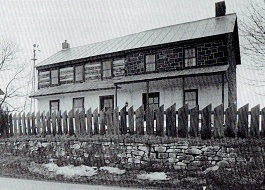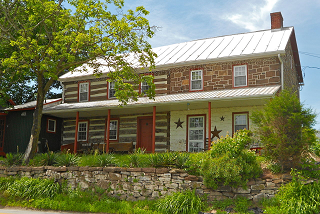

Newberry Township History
North Eastern York County History In Preservation NeyChip
In 1722 Sir William Keith, Lieutenant Governor of the Province of Pennsylvania, laid out a tract of land west of the river. Prior to the coming of the first settlers in 1736, Newberry Township was inhabited by the Susquehannock Indians. Before 1736, all settlement in Pennsylvania was kept east of the Susquehanna River, but the Indian Treaty of 1736 extended Lancaster County's boundary westward indefinitely. Quaker families from Lancaster and Chester counties immediately set out across the Susquehanna to find new land. These settlers utilized the Middletown Ferry to access the west bank of the river, and once they reached what is now Newberry Township, settled throughout the Fishing Creek and Bennetts Run valleys. Newberry Township was organized in 1742 and included what is now Fairview Township.
Prior to the start of the Revolutionary War, the early Quaker settlers became dissatisfied with the quality of the farmland within Newberry Township and began moving out of it. [The name "Red Lands" was given to the area because of the color of the soil and the red rocks on which it was based.] German families from central York County, and Berks and Lancaster counties, soon arrived to take over the vacant farmland.
By the late 18th century, several towns had sprung up throughout the township. Lewisberry and Newberrytown were early Quaker settlements. Newberrytown began as a 42-acre tract of Quaker meeting land, with a log meetinghouse built in 1745. Later, a new meetinghouse was built halfway between Lewisberry and the Newberrytown meeting land, and the tract was developed as a town in 1791. Newberrytown was situated on the road from Lancaster to Carlisle (which crossed the Susquehanna River at the York Haven Ferry) and became an important stopping place along the way. Lewisberry was also surveyed and platted in the 1790s. Its stores became busy and prosperous. Schools were operated in both communities.
In 1803, Fairview Township was formed from the northern half of the original Newberry Township. Lewisberry incorporated as a separate borough in 1832, as did Goldsboro in 1864 and York Haven in 1892. With these losses of population and area, Newberry Township reached the beginning of the 20th century with a population of just over 2,000 (only 296 more people than in 1783). The above was referenced from: Newberry Township Wikipedia.org
"In the area about 1825, a military organization was effected and named the Lafayette Guards. Then the Lafayette Rifles were formed in 1832. These companies wore grey uniform with yellow trimmings, had fine guns, knapsack, and ostrich feathers for plumes. At the time of the “Buckshot war”, in 1839, they marched to Harrisburg, expecting that their services might be needed but they returned the following day. Other military organization in the area were called “Cornstalk Guards” and “The Twelve Apostles”. The “little muster day” for these organization was on the first Monday of May. It was in preparation for the “big muster day” or “Battalion Day” where all the area organizations got together to show off and be inspected. That was held in the second Monday of May in Lewisberry or Dover. That day was also filled with food stands, vendors, cooking contests and ended with a large dance.
Prior to the start of the Revolutionary War, the early Quaker settlers became dissatisfied with the quality of the farmland within Newberry Township and began moving out of it. [The name "Red Lands" was given to the area because of the color of the soil and the red rocks on which it was based.] German families from central York County, and Berks and Lancaster counties, soon arrived to take over the vacant farmland.
By the late 18th century, several towns had sprung up throughout the township. Lewisberry and Newberrytown were early Quaker settlements. Newberrytown began as a 42-acre tract of Quaker meeting land, with a log meetinghouse built in 1745. Later, a new meetinghouse was built halfway between Lewisberry and the Newberrytown meeting land, and the tract was developed as a town in 1791. Newberrytown was situated on the road from Lancaster to Carlisle (which crossed the Susquehanna River at the York Haven Ferry) and became an important stopping place along the way. Lewisberry was also surveyed and platted in the 1790s. Its stores became busy and prosperous. Schools were operated in both communities.
In 1803, Fairview Township was formed from the northern half of the original Newberry Township. Lewisberry incorporated as a separate borough in 1832, as did Goldsboro in 1864 and York Haven in 1892. With these losses of population and area, Newberry Township reached the beginning of the 20th century with a population of just over 2,000 (only 296 more people than in 1783). The above was referenced from: Newberry Township Wikipedia.org
"In the area about 1825, a military organization was effected and named the Lafayette Guards. Then the Lafayette Rifles were formed in 1832. These companies wore grey uniform with yellow trimmings, had fine guns, knapsack, and ostrich feathers for plumes. At the time of the “Buckshot war”, in 1839, they marched to Harrisburg, expecting that their services might be needed but they returned the following day. Other military organization in the area were called “Cornstalk Guards” and “The Twelve Apostles”. The “little muster day” for these organization was on the first Monday of May. It was in preparation for the “big muster day” or “Battalion Day” where all the area organizations got together to show off and be inspected. That was held in the second Monday of May in Lewisberry or Dover. That day was also filled with food stands, vendors, cooking contests and ended with a large dance.
Excerpts from: Newberry Township The Beginning 1700-1900 1988 Center Square Press By: Newberry Township Heritage Committee |
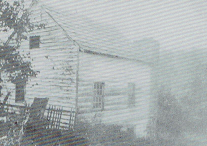
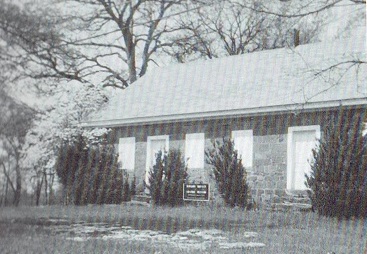
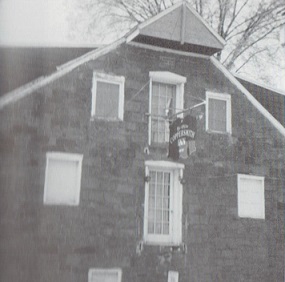
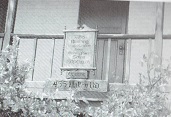
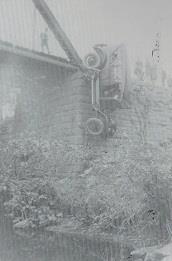
Jolly Coppersmith Mill Susquehanna Trail
Quaker Meeting House Lewisberry Road
E.U.B. Church on Valley Road
Charles Hughes first homestead 1850
Bridge at Hykes Mill 1920's
Construction of Susquehanna Trail at Beshore Hill 1923-1924 (horse on left)
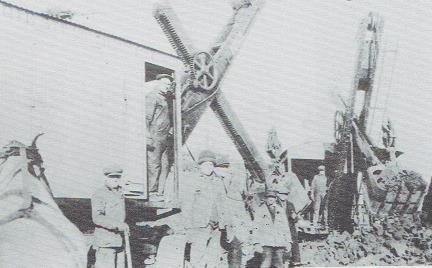
"The Newberry Township Heritage Committee is dedicated to the preservation of the history of the our community. It is our intent to preserve as much of this history for the benefit for not only our descendants but for the future generations of people who might become citizens of our community and learn to love it as we and our ancestors have.
We will always endeavor to preserve the physical properties and family tradition and history. As our historical buildings are fast falling to the demolitioners hammer, so are our family histories being lost by us. We are not passing all that we know about them to our children and grandchildren, It it for this reason that the book you are now reading is now in your hands." Newberry Township Heritage Committee 1988
Newberry Township The Beginning 1700-1900, published in 1988, is about 450 pages. It has tons of detailed information about the township and surrounding areas. Excellent book.This website just scratched the surface of what is in that book. I want to thank Newberry Township for giving NeyChip a copy and allowing us to use the information to share the vision of the Newberry Township Heritage Committee. As time permits, more excerpts from this book will be posted here.
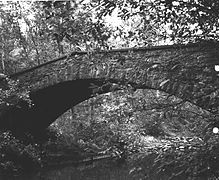

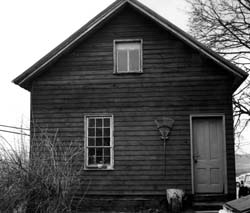
Below are great overviews about this area also referred to as Red Land:
Memories and recollections of Fishing Creek Valley 1857-1907
History of Salem (Stone) Church Fishing Creek Valley1844-1908
Recllections and Reminiscences of Fishing Creek Valley 1862-1879
Where is the 'Red Land' region, as in the Red Land Little League champs?
Where does the ‘red’ in Red Land Little League come from?
A 1976 Guide to Redland Area.
Memories and recollections of Fishing Creek Valley 1857-1907
History of Salem (Stone) Church Fishing Creek Valley1844-1908
Recllections and Reminiscences of Fishing Creek Valley 1862-1879
Where is the 'Red Land' region, as in the Red Land Little League champs?
Where does the ‘red’ in Red Land Little League come from?
A 1976 Guide to Redland Area.
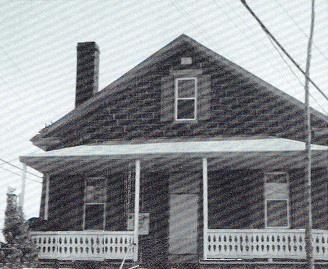
Newberry Grade School at "Y"
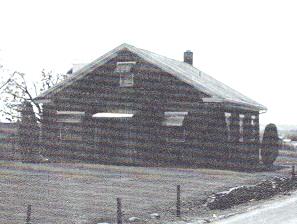
Redland Grade School Valley Rd.
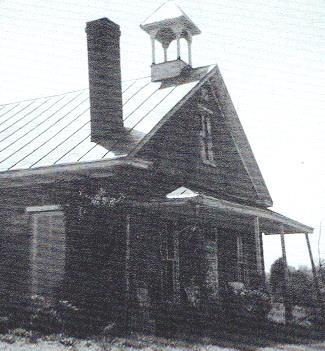
Dieh's Grade School Sheep Bridge Rd.
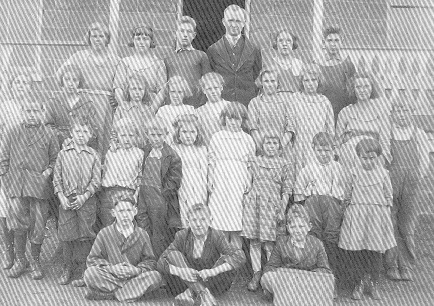
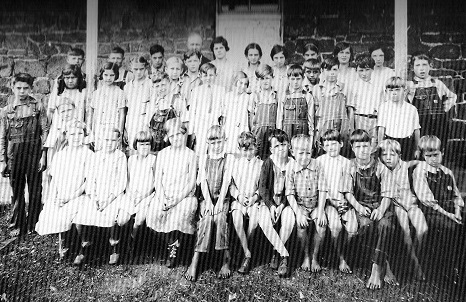
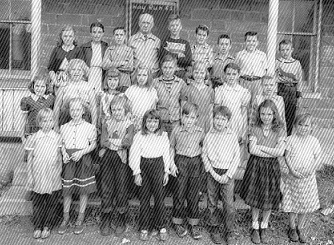
Roxbury School 1921
Smoktown School
Hay Run School
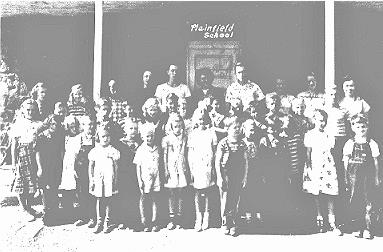
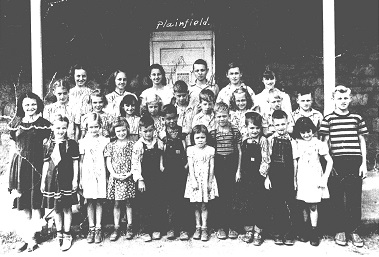
Plainfield School 1948-49 see names
Plainfield School year? see names
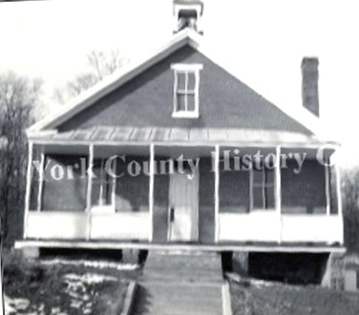
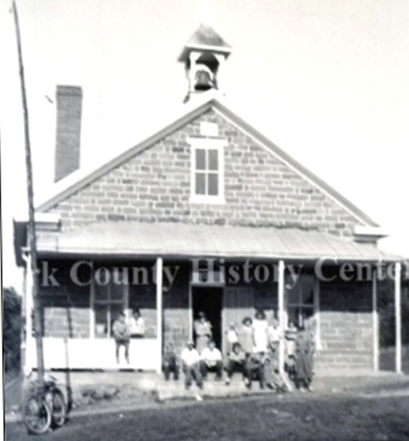
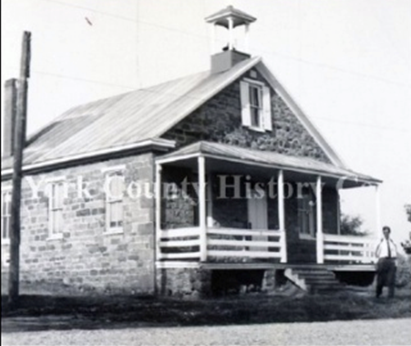
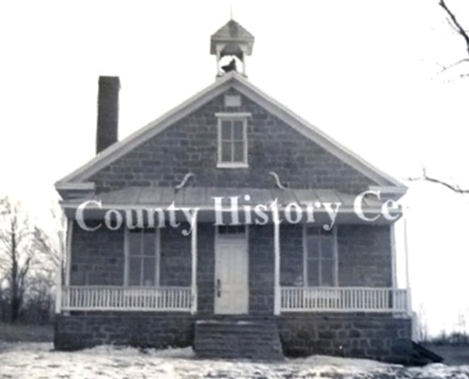
Cly School
Hay Run School
Pleasant Grove School
River School
Visit: NewberryTwp.com
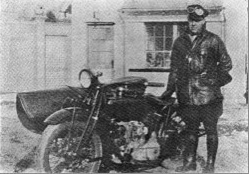
Read about Curtis Sowers an officer who was shot in 1929 while making an arrest in Newberry Township.
NeyChip would love
to hear from you.
NeyChip@gmail.com
to hear from you.
NeyChip@gmail.com

